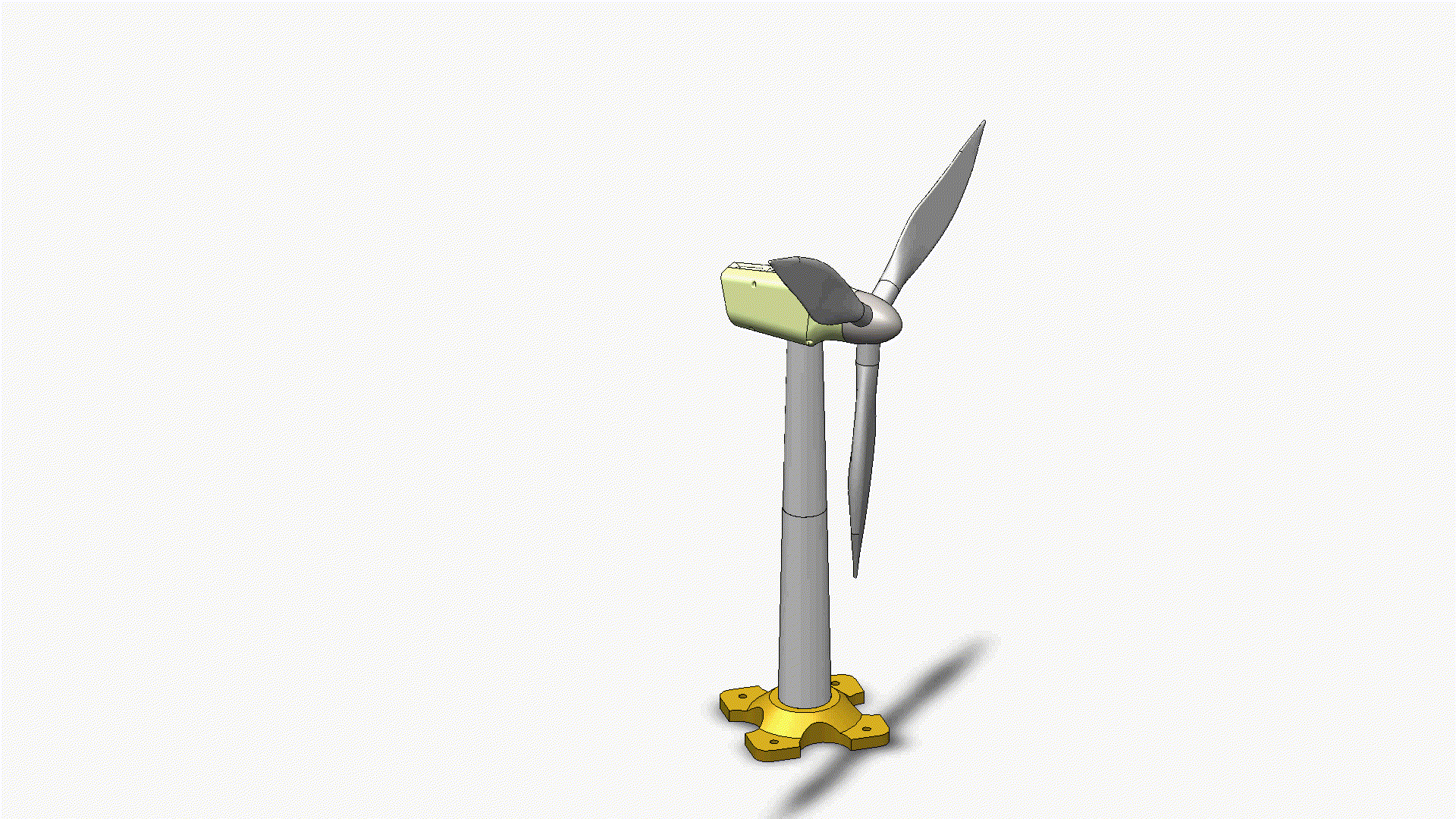Helping Make Wind Power Cost Effective
Energy generated from sustainable sources such as wind turbines is expected to provide more than 20% of total power needs by 2027. To address this, the design, manufacture and installation of wind turbines is estimated to see a growth rate of 8.6% annually during this period.
In a wind turbine, the blade is an essential component used to convert kinetic energy into electricity. While the blades of a turbine may be one of the most recognizable features of any wind installation, they also represent one of the largest physical challenges in the manufacturing process.
Turbine blades created from composite materials can reach up to 75 meters (250 feet) in length and will continue to increase in size. Bigger blades mean more material and production costs. This makes the need to get the product right the first time a business-critical concern.
Advanced Manufacturing Initiative for Blades
Because of their size and aerodynamic complexity, wind turbine blades are skillfully manufactured by hand to ensure the highest level of craftsmanship and operational efficiency. The challenge is to determine ways to balance the issues associated with maintaining:
Industry growth,
Blade quality and performance standards
Cost-effective and timely manufacturing
To address these challenges the U.S. Department of Energy's Advanced Manufacturing Initiative funded various research projects aimed at dissecting and analyzing the manufacturing process. To quote the report: “The research obtained throughout the Initiative is expected to lead to novel and innovative approaches that will streamline the blade manufacturing process.”
Improved integration between design and production team
The use of 3D digital design and patterning plays a key role in streamlining blade production processes. First, these tools can be used to seamlessly link every part of the workflow from concept, to simulation, to blade fabrication and then on to installation. This ensures that design changes are immediately available to everyone and that any production concerns or insights are directly translated back to the engineers.
The other key advantages are the time savings and quality improvements found in the pattern making. The exact definition of fiber orientation and the elimination of wrinkles in the ply layup are essential considerations in the design process. Digital pattern making software provides the tools to streamline this portion of the process by introducing key technologies which:
Utilize precise composite materials properties and fiber orientation data to rapidly convert 3D CAD models into accurate 2D pattern pieces.
Provide the crucial ply strain and sag information needed to identify and correct potential problem areas before the design is sent to production.
Generate production instructions and ply books from the same source design data. Improving communication of design intent and reducing or eliminating fabrication errors.
Digital Pattern Software solutions like CompositeFlat utilize precise physical properties data for composite materials to simulate real-world flattening behavior. This allows designers to predict and address areas of wrinkle (shown in black) or high strain (red) early in the process.
Learn More
As the production rate for wind turbines increases so does the need to research and implement fabrication process innovations. Blade design and manufacturing benefit directly from the workflow and communication advantages of digital patterning. To explore the use of these tools in your process, simply click on the image below and schedule a time to speak with one of our experts.











